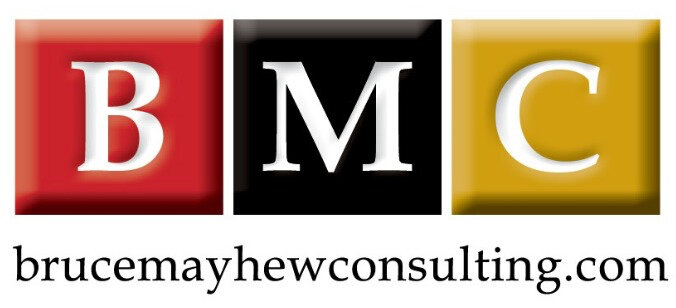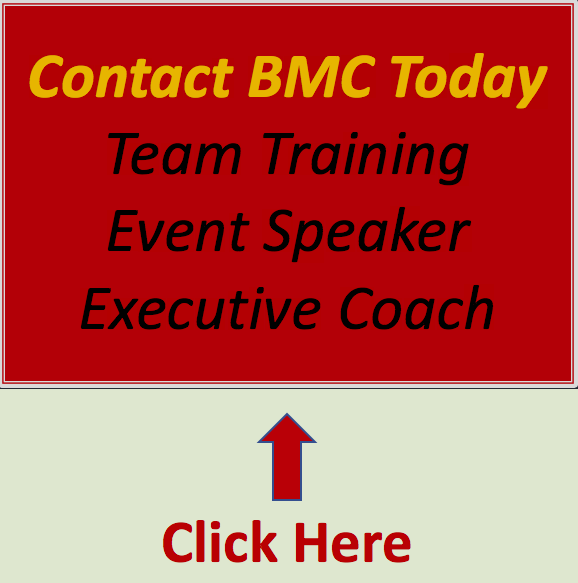How To Host Your Perfect Meeting
/I love meetings. But not so much that I call them or want to go to them when they are not needed.
I also love when everyone walks out of meetings thinking, “Wow – that was productive. I wish every meeting could be like that.” When that happens not only am I (and all of us), rewarded with the information we need in a timely manner, when it is a meeting I’ve called my professional reputation is also rewarded for hosting a meeting that was productive, managed peoples expectations and didn’t waste peoples time (a nod to good time management).
So, lets explore how to host your perfect meeting.
My recommendation on how to host your perfect meeting is to break the process down into three sections namely, Before, During and After the meeting.
How To Host Your Perfect Meeting: Before the Meeting
To host your perfect meeting I hope the word ‘Agenda’ is one of the first things that comes to mind. I don’t want you to despair thinking you have to create a formal - stuffy agenda. For most meetings, throw that idea to the curb.
First, imagine a simple email that includes a few sentences that will tell attendees ‘why’ they will want to go. Share with them the goals, the projected outcomes and a short overview of how these outcomes will benefit them. Then include a bullet list of key topics / headlines that will be explored. Also, if you send information you want them to review, state it as an action item. Just attaching the document does not mean they will read it. So ask them to.
Next, book an appropriate room. Find a room that is large enough (not too large) for the meeting and that has the equipment you need.
Lastly, include Logistical Information that a person will need to arrive on time. Especially if you have external employees, new employees or suppliers from outside the company, be sure to detail logistics like building address, directions, parking options for people not familiar with your office. Please, don’t glance over this – as someone who frequently attends meetings at buildings I’ve never been at, 1-minute of your time can save me loads of time searching for where to park. Also include room name / number and Start Time / End Time clearly on the agenda (and I recommend including in email subject Line if sending the notice out by email).
Agenda and Notice EXAMPLE:
Subject Line: Sales & Product Development: Meeting Design & Best Practices
I am scheduling a meeting so the Sales and Product Development team can explore best practices associated to running a meeting. Our goal is to design and agree upon / approve a format that everyone can use in the department moving forward.
As department heads, please come with a short list of your suggestions. You may wish to have a quick discussion with your team to get their ideas so you can bring them forward. I have also attached a one-page pdf file for us all to review in advance for context. At the meeting we will explore:
Before A Meeting (Planning)
During A Meeting
Following A Meeting
Logistics:
Sales & Product Development: Meeting Design & Best Practices [Yes, this is a repeat of the Subject Line]
Tuesday: April 10: 1:30PM
Rogers Building: 333 Bloor St E, Toronto
8th floor – Maple Leaf Room
Paid underground parking off of Jarvis, south of Bloor
Note: If your meeting is going to be long – like a training event, snacks and possibly meals need to be considered.
At the Meeting
Hopefully you can get into the room a few minutes in advance to set up. I know this sounds pretty obvious but you might be surprised how often it doesn’t happen. Make sure the chairs are aligned as necessary and that any technology you need has been turned on and presentations are loaded and standing by. Having everyone sit and watch you set up for 10 minutes is not good and you just may lose people. If you don’t lose them at this meeting – you might not get them to come on time to your next meeting… because your reputation as an organized meeting host will have been compromised.
Note: If you can’t get into the room before, plan ahead, book the meeting room for 30 minutes before you need it so you will have loads of time to get the previous meeting out… and get you set up.
Start the meeting on time.
Begin by confirming attendees and introducing special guests. Then, formally go over your objective / goal and then the main points on the agenda.
Stick to your agenda. If someone brings up things that are not on your agenda, I recommend one of two things.
Park the item and book another meeting to address it.
Park the meeting to the end of your meeting, and if your meeting ends early you can review as long as all of the important people are in attendance. If they are not, discussing it will be a waste of time and you will need to book another meeting anyway.
Control people who are speaking a bit too much… and encourage people who are staying silent (they may need our help).
Before anyone departs, recap and confirm agreement on:
Decisions made
Action times (what, who and when)
End on time… or early.
After the Meeting
Send out Meeting Minutes as soon as possible. I mean in hours not days.
Like the Agenda, the minutes don’t have to be fancy or complicated. I like the idea of a quick email which outlines the agenda, discussion key points, decisions made and the action items including the what, who and when these action items be fulfilled.
Sending out Meeting Minutes – even really simple minutes are important. If you don’t, everyone will begin to slowly move the decisions made to align with their needs and goals versus the planned goals. So, if person A starts migrating their idea of the decisions to their needs and person B starts migrating their idea to their needs, within a very short week there can be a very large gap between what A and B believe they need to work on and what they actually agreed to. A simple 2 or 3 sentence summaries can solve that challenge… and eliminate the need for many difficult conversations.
Conclusion
In-person or video meetings are one of the best ways to share complicated or sensitive information, discuss / brainstorm options or to provide your team professional development training. Meetings are also amazing at building a cohesive, trusting team environment. But, they have to be done well… and the agreed upon structure has to be followed by everyone. This is where your leadership is imperative in supporting the meeting management standard you come up with. Employees have to see you walking the walk.
Thanks for reading up on How To Host Your Perfect Meeting.
If i can help you in any way, please let me know. Here is my website Meeting Management Training page.
Bruce
About Bruce and Bruce Mayhew Consulting.
Bruce is Corporate Trainer and Executive Coach.
As a Corporate Trainer Bruce Mayhew (of BMC) specialize in customized Time Management Training, Email Etiquette Training, Leadership & New Leadership Development, Generational Differences and other soft skills training solutions in Toronto and across Canada. Bruce is also an Executive Coach to a few select clients.
BMC helps your greatest assets think productive and be productive.
Bruce is an experienced motivational speaker in Toronto and has inspired audiences across Canada and within the USA and the UK. Bruce works hard to always make sure your training event, conference, retreat, or annual general meeting is a success.





